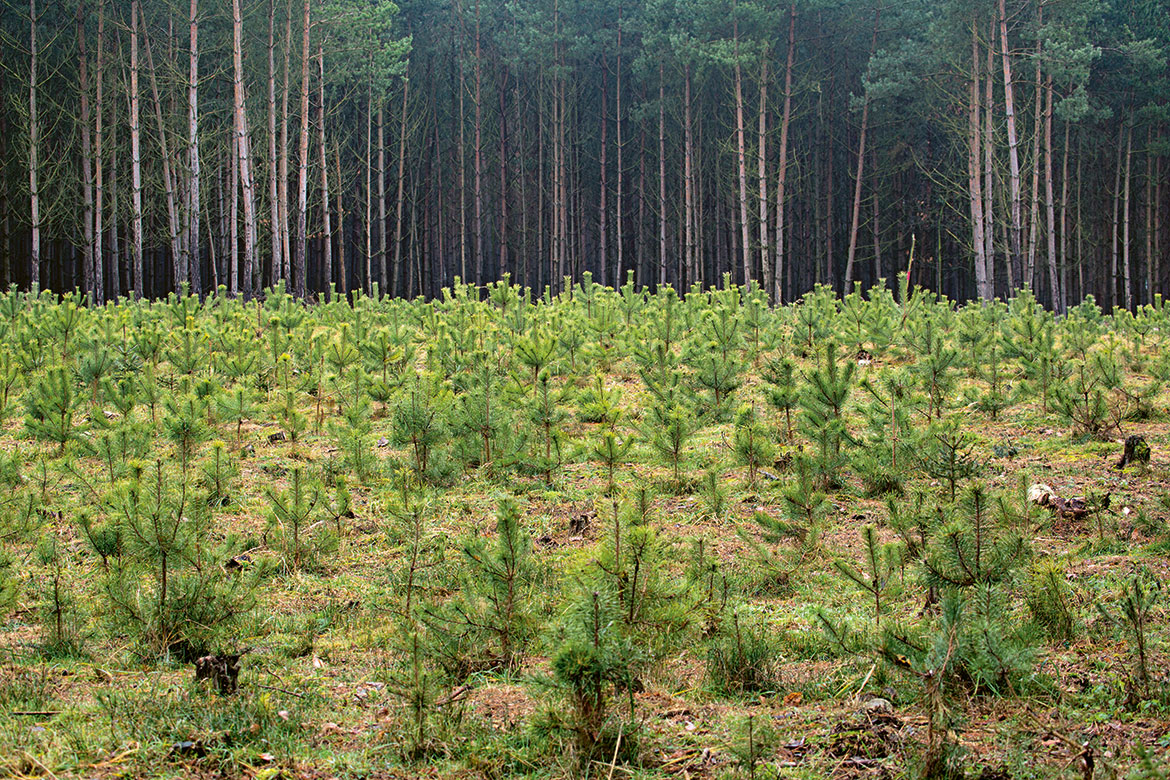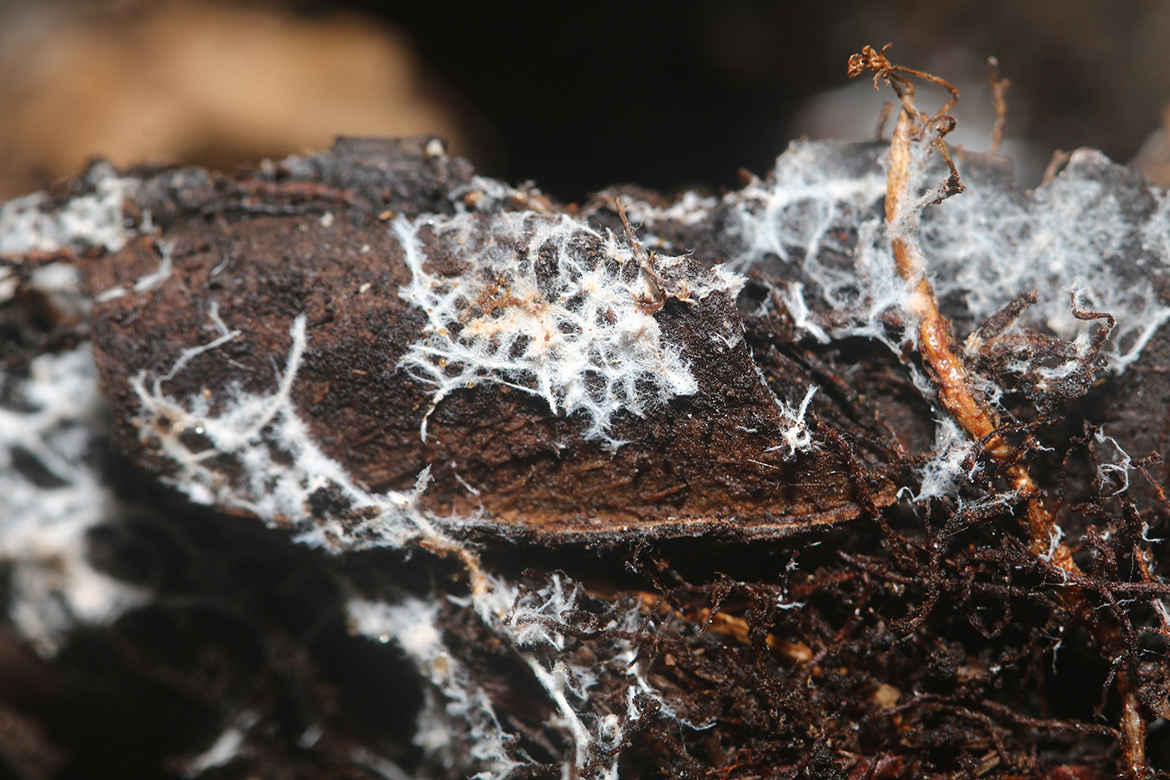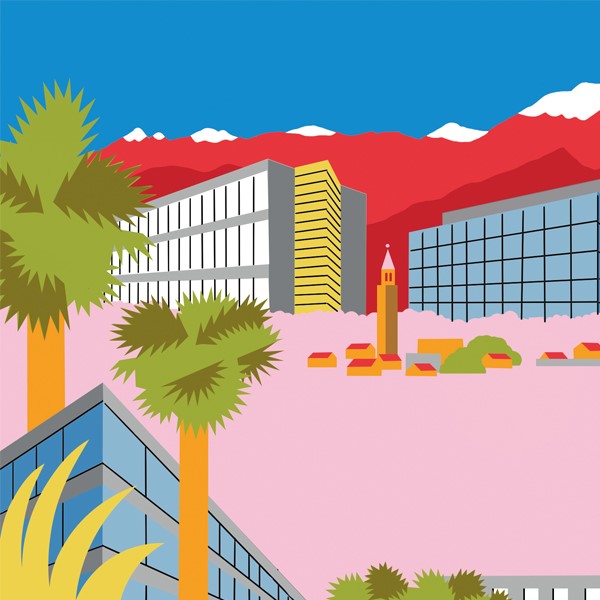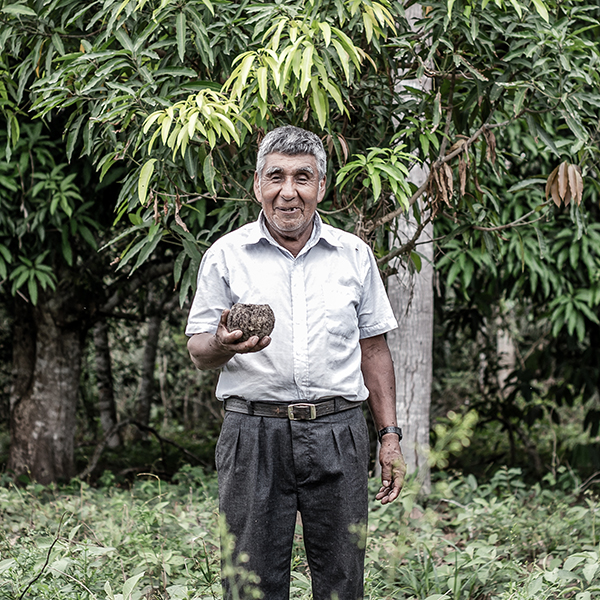When forests cause warming
When they grow, trees absorb CO2 from the atmosphere. But this can actually lead to warming on a regional basis. New models aim to show where reforestation can be truly climate-friendly.

Reforestation in the lowlands helps combat global warming. The same doesn’t necessarily apply in the mountains. | Image: Keystone/Chromorange/Manfred Dietsch
Growing trees absorb CO2, which is good for the climate – though not in all cases. If bushes and trees take over an open landscape, this changes the characteristics of the Earth’s surface, and in particular its albedo sinks – that is, the Earth’s potential for reflecting solar radiation. The surface then absorbs more radiation, which in turn changes the local climate, making the surrounding area warmer.
It remains unclear whether existing models are providing us with an accurate picture of how a shift in the use of land can alter a regional climate. An international study is now comparing how nine climate models react in two theoretical, extreme cases. In the first, the researchers assume a Europe without any forests at all; in the second they assume the maximum possible amount of forestation. The head of the study, Edouard Davin of ETH Zurich, says this is a methodologically new approach. “By comparing these idealised assumptions we can analyse the sensitivity of existing climate models to a shift in land use”.
Warm forests in winter
All the models show that the regional temperature can rise in wintertime in northern Europe and in the mountains. This is caused by trees having a less cohesive snow cover than the ground, meaning the Earth’s surface reflects less solar radiation and leading to an increase in temperature.
But these models are not unanimous when either little snow falls, or none at all. The fact that the albedo of a reforested region is lower than that of an open piece of ground has less of an impact on the regional climate.
Atmospheric feedback can play a major role here. For example, more water evaporates from the ground and the leaves in a forest (so-called evapotranspiration) than is the case from an open piece of land. This cools down the surrounding area and promotes the formation of clouds, which in turn puts a brake on reflecting heat back into the atmosphere. “The overall impact of this on the temperature remains unclear”, says Davin.
Reforestation in the right places
Davin insists that these results do not mean we should stop reforestation. But we ought to consider carefully where it should happen. Peter Bebi is of the same opinion – he works for the Swiss Federal Institute for Forest, Snow and Landscape Research (WSL) and is researching into barrier woodland and the reciprocal relationship between forests and the climate. “In the Central Alps, it makes little sense to engage in reforestation near the tree line to try and help the climate. Our analyses of satellite data for Switzerland have shown that the lower degree of reflected radiation from high-lying forests in snowy regions is a major factor”. What’s more, mountain forests grow slowly, and store relatively little CO2.
In general, the warming effect of a reduction in back radiation is at its peak when reforestation takes place near the Pole or at high altitudes. However, the cooling effect is dominant if reforestation takes place in the Jura, in the Swiss Midlands and in the Alpine foothills. In the tropics, by contrast, reforestation is always advisable to help the climate.
The type of trees planted also plays a role. “Deciduous trees tend to be better for the climate than conifers”, says Davin. “They have a higher level of evapotranspiration and reflect more solar radiation”. Jonas Schwab, who is working at ETH Zurich on the reciprocal relationship between forests and the climate, says that “changes in albedo have a primarily local impact on the climate. CO2 storage in forests has a global impact”. So seen across the world as a whole, it’s obvious that as much woodland as possible should be retained or reforested. “The forest is not just a means of reducing CO2, but also provides many plants and animals with a habitat, and offers important protection against natural disasters”, says Davin.




